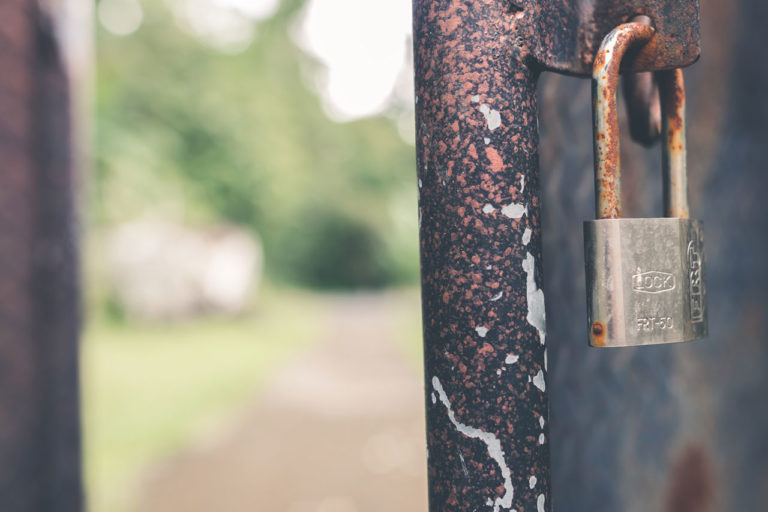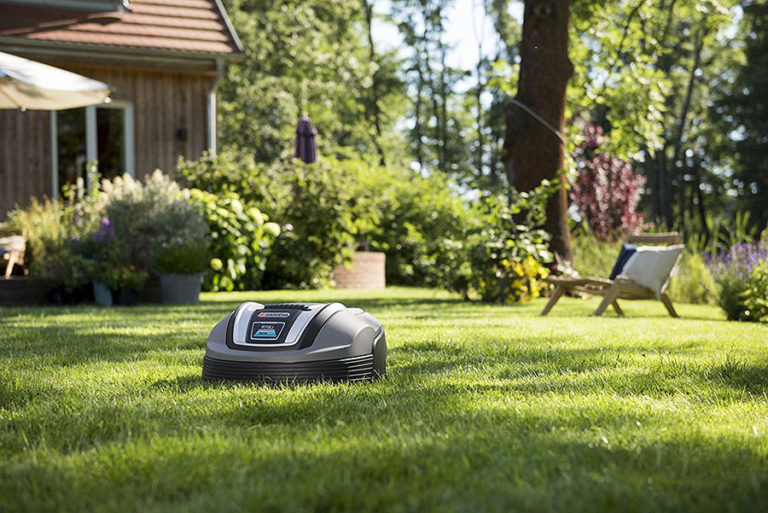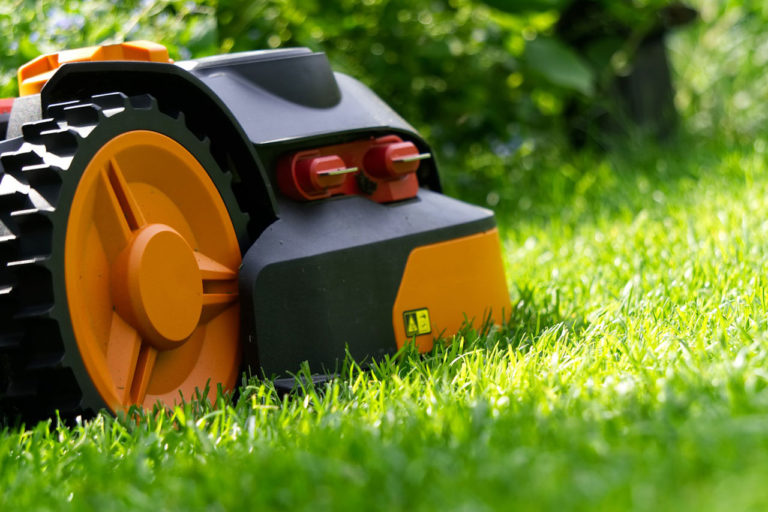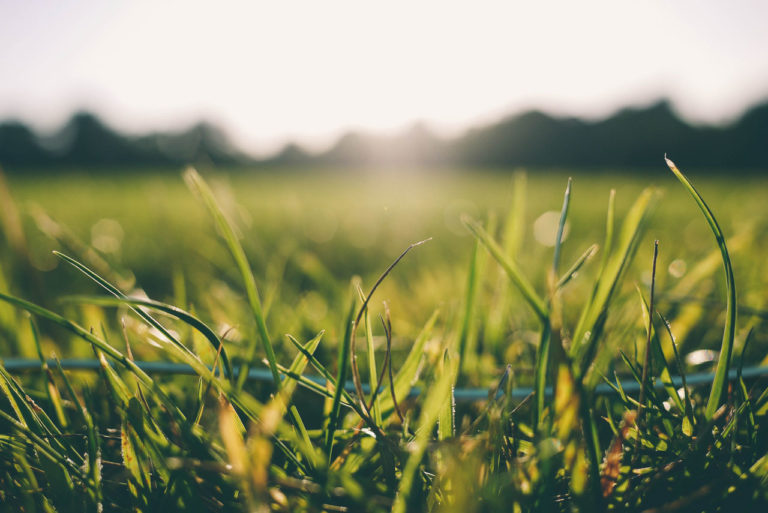No matter if you have a very small yard in the city or if you live in the country and have a huge area of land: For every size of lawn there is a suitable robotic mower. Robotic mowers are not all the same size and above all they do not have the same performance. Some robotic mowers can only cope with very small areas, while others are designed to work on huge areas. But how do you know what kind of robotic mower you need for the size of your lawn?
Which robotic mowers are suitable for which area sizes? In order to find the suitable robotic mower for a certain area size, the maximum area output of the robotic mower should be taken into account, which is always indicated very clearly on the robotic mower. However, the actual size of the area to be mowed should be smaller than the maximum area output, as the mower can only achieve maximum area output under ideal, near-impossible conditions.
Now I’m sure you have many more questions. What is the easiest way to find out the size of your lawn? What exactly does this maximum area output of the robotic mower mean? What influences it? What robotic mowers are available for the different area sizes? I will explain all this to you in the next sections.
Contents
How to determine the size of your lawn
Before you can choose the right robotic mower for your lawn, of course you first need to know how large the lawn is. If you do not know the size of the area, you should first determine it. You have various options for this.
- Plan of your house/lawn
- Measured with Google Maps
- Measuring by hand
- Measurement with an app
I have already explained these methods in more detail in another article, so I will not go into too much detail here.
If you have a plan of your house, you can of course find the area of the lawn recorded there. Either it is written directly, or you can calculate it using the side lengths, if your yard is not too complex.
Otherwise I would recommend the second method, determining the area of the lawn with Google Maps. How exactly this works I have described here.
Measuring the lawn by hand with “conventional” equipment, i.e. with appropriate rangefinders, is of course also possible, but can be very complicated if your lawn is rather complex.
If you want to walk the outskirts of your lawn while determining the size of the area, I would recommend you instead use an app. Here I have explained how you do it.
For what size yards are robotic mowers available at all?
Robotic mowers are not all the same size and they are built for different sized areas, I have already explained that much. But what choices of models are actually out there? What are the smallest and largest areas that robotic mowers can cover?
Well, there is in principle no limit on the lower end, because of course a larger robotic mower can also mow smaller areas, even if it is designed for more expansive areas. However, robotic mowers with a larger area capacity will also be more expensive, so this is not necessarily a good idea (although sometimes it makes sense to buy a slightly larger model, as you will see below).
The smallest robotic mowers have a maximum area capacity of 1/20 acre like the ROBOMOW RX20. In practice this area can sometimes even be smaller, if there are a lot of obstacles in the yard, for instance. The largest robotic mowers, on the other hand, can mow areas of up to 7 ½ acres. The latter are rather uninteresting for most private individuals, unless they live in a castle. These giant robotic mowers are more meant for golf courses and parks.
The largest selection of robotic mowers is probably for lawns up to about ½ acre. Most manufacturers offer robotic mowers that can handle such areas. By the way, I recently created a general overview of an extensive list of robotic mower manufacturers, which you can find here.
The larger the lawn, the smaller the selection will be, when it comes to robotic mowers. Up to ½ acre there is still a modest selection of models. But beyond that, only a few manufacturers offer robotic mowers that can handle larger areas. HUSQVARNA, for example, offers robotic mowers with a maximum area capacity of up to 1 ¼ acres. If you don’t have a perfect lawn and you don’t want to run the robotic lawn mower 24/7, this would be in practice a lot less, maybe only half of that.
If your lawn is even bigger, the only choice is the manufacturer Zucchetti with its “Wiper Yard” models, which cost a good deal of money (from $10,000 upwards). “Normal” robotic mowers are definitely cheaper.
In case you’re interested, I keep a list of my personal recommendations of robotic mowers for different sizes of lawns, which I update regularly. Here you can find them:
- Recommended Robotic Lawn Mowers for Small Yards 2021
- Recommended Robotic Lawn Mowers for Medium Yards 2021
- Recommended Robotic Lawn Mowers for Large Yards 2021
What exactly does the square meter specification of the robotic mower mean?
Robotic mowers will often come with a specification of their maximum area capacity, working area capacity or maximum area output. Most often this value is only reached under absolutely optimal conditions and if you use the robotic mower to its full capacity.
This also means that the maximum area output is only achieved if the robotic mower mows for as many hours a day as it can operate at its maximum. Smaller robotic mowers often have a software restriction that allows them to drive for “only” 12 hours a day, for example. However, robotic mowers with a larger area output can usually drive 24 hours a day (e.g. HUSQVARNA can often do this).
If a robotic mower claims to have a “maximum area output” of ½ acre, it is quite possible that it will only reach this output if it is in operation 24 hours a day, every day of the week. This is a rather unrealistic assumption, I would say.
More “ideal conditions” required to reach maximum area output:
- A lawn that is absolutely flat and has not the slightest incline
- A grass variety that is easy to cut
- It never rains (for robotic mowers with rain sensor)
- There are no obstacles in the lawn
- The lawn is perfectly square
However, your robotic mower will not find such perfect conditions in practice, so keep this in mind. On average, you can subtract about 30% of the maximum area output to get the actual area output. But that also depends a lot on your lawn and the robotic lawn mower model.
Basically you can say: The fewer “ideal” conditions my yard has, the larger the maximum area output I will require from a robotic mower. For example, if you have a very complex lawn with many individual areas that are connected by narrow corridors, you have to plan for a robotic mower with about 30% more area output. If you don’t want to run the robotic lawn mower at its maximum 24 hours a day, you also have to account for that.
By the way, there is an area performance calculator on our site.
The maximum possible mowing hours of the machine contribute to the maximum area output
The biggest influencing factor on actual area output is how long you want to use your robotic mower per day and how much it could actually mow per day. The maximum possible number of working hours of a robotic mower depends, as I mentioned above, on the model and is sometimes limited by the software.
The MCCULLOCH ROB R600 must, for example, take 11 hours of “forced rest” per day and this is taken into account in the maximum area output specified by the manufacturer. The HUSQVARNA Automower 420 on the other hand can mow as long as you want, even 24 hours a day.
This means: If you want your robotic mower to mow for 13 hours a day (purely hypothetically), when calculating the operating time of the MCCULLOCH ROB R600, you do not have to change anything with the area output, because it cannot manage a day anyway (due to its forced rest). On the other hand, the actual area output of the HUSQVARNA Automower 420 will differ from its stated maximum area output, because, while you only want to have it mow for 13 hours per day, in principle it could also mow for 24 hours, and this is included in the “maximum area output.”
I hope that was understandable and you don’t have a headache by the time you’ve reached this point. It is not easy to explain this topic with the area output and the working time, because it is really a bit tricky. Just remember, small robotic mowers cannot mow so much during the day because their software forbids them to do so, while large robotic mowers can in principle run around the clock and thus have a higher maximum area output in the product specifications. If your robotic mower is not supposed to run 24 hours a day, you have to deduct more from the maximum area output for the large robotic mowers than for the small ones.
Now how do you know which robotic mower you need for your area?
All robotic mowers have a specification in acre, which is called maximum area output, working area capacity or maximum area capacity. In the previous article I explained what this is all about. The maximum area output is not the actual area output your robotic mower will achieve at the end. You always need a robotic mower that has a greater area capacity than the actual size of your lawn.
But how big is this difference? Unfortunately it is not that easy to determine, because it depends very much on your lawn. This does not mean, however, that it is not possible to get an approximate value to help guide you in your search for the robotic mower that is best for your yard.
Above I have mentioned the “ideal conditions” under which the robotic mower reaches its maximum area output. Conversely, the following characteristics of a lawn have a negative influence on the area output of a robotic mower:
- Slopes on the lawn
- Increasing complexity of the lawn
- Very long lawns (as opposed to square lawns)
- Particularly robust grass varieties
- Rain (for robotic mowers with a rain sensor)
- Obstacles in the lawn
Why this is so, I have explained in this article. In short, all these factors lead to the robotic mower needing longer to mow the same area, e.g. because it has to cover longer distances, or it moves more slowly, or it simply mows less often (with rain sensors). By the way, not every robotic mower necessarily needs a rain sensor, and if yours does have one, it can be turned off in certain circumstances. See this article I wrote to learn about this.
In addition, a very important factor to consider is how long your robotic mower is allowed to mow per day, and whether you let it mow every day at all. The total number of working hours per week of the robotic mower is also important.
Depending on how pronounced these negative factors are in your lawn, you may have to deduct from a model’s maximum area output.
How much do unfavorable factors reduce the area output?
It would be nice if someone took a good look at that. Unfortunately, no one has. That’s why you can only guide yourself with very rough guidelines.
- High complexity: up to 30 % less
- Large gradient: up to 20 % less
- Many obstacles: up to 30 % less
If you do not let your robotic mower mow when it rains and you live in a very rainy area, this can also reduce the area output. Most robotic mowers are not damaged by rain, but they can damage your lawn if you have a steep incline and it gets slippery on the slopes. You can read all about this here.
As far as the weekly working time of the robotic mower is concerned, you have to compare it with the maximum working time provided by the manufacturer. If the manufacturer stipulates that the robotic mower can mow for a maximum of 12 hours a day and you only want to use it for 6 hours a day, the actual area output will be halved.
You can also calculate the actual area output of your robotic mower with this area output calculator.
Is the robotic mower also allowed to mow at night?
When you think about when, how long and how often you want to use your robotic mower to find out what area performance your robotic mower needs, you will probably also ask yourself whether the robotic mower is allowed to mow at night.
And as you may have guessed, the answer to the question is not so simple. In general, the following can be said:
There is currently no known general ban on the night-time operation of robotic mowers, as is generally the case with normal lawnmowers, for example. In principle, it is therefore possible under certain circumstances to use them at night. However, you should check your local noise ordinances for the decibel level allowed during nighttime hours in your area. They may put a limit on how loud the volume measured at the boundary of yours and your neighbor’s yards can be.
In any case, it is advisable not to get carried away with your neighbor. If you get along with your neighbor, just check with them over a cold beer to see if it bothers them or if they hear the robotic mower at all at night. The volume range amongst the different models of robotic mowers is significant. While the loudest ones reach 75 dB, some very quiet ones only produce 56 dB. So you should take this into account when buying a robotic mower.
Do you want to learn more about which robotic mower models are actually available? I have selected what I think are the best models for different lawn sizes:
- Recommended Robotic Lawn Mowers for Small Yards 2021
- Recommended Robotic Lawn Mowers for Medium Yards 2021
- Recommended Robotic Lawn Mowers for Large Yards 2021
Do you have questions about a specific model? Write it in the comments!
Related questions
Which robotic mowers mow in parallel lanes? Currently only the BOSCH robotic mowers mow in lanes. When they are used for the first time in a calibration run, they scan the boundary wire to create a digital map. The lawn is then divided into several triangles, which the robotic mower then navigates according to a system. In the future, there will be more mowers coming up that mow in parallel lanes, like Toadi or the iRobot Terra.
How big are robotic mowers? Most robotic mowers are similar in size, but there are also variations. An average robotic mower is between 24 and 28 inches long, between 20 and 24 inches wide, and about 12 inches tall. Models with a larger area output tend to be slightly larger.





